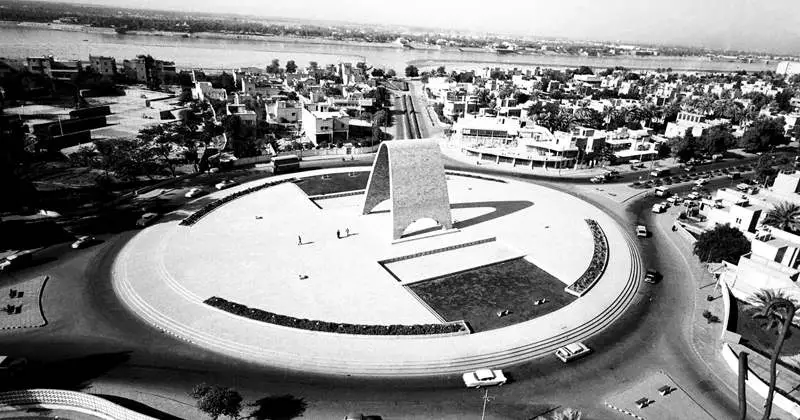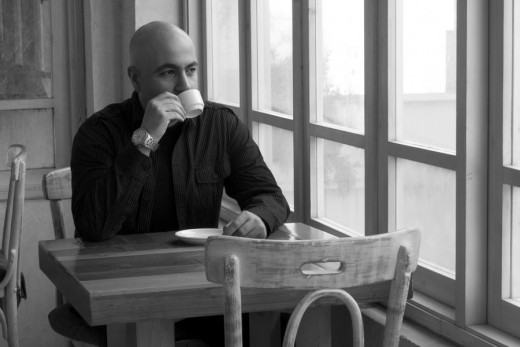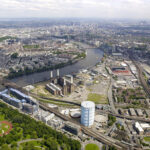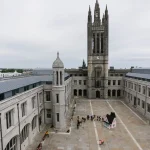Contemporary Iraqi Architects, Ali Shakir Architecture, Design Offices Images
Contemporary Iraqi Architects
Built Environment – article by Ali Shakir, New Zealand
12 + 11 + 8 Dec 2015
Iraqi Architects
Contemporary Iraqi Architects
Ali Shakir, Iraqi-born, New Zealand-based architect and author of A Muslim on the Bridge (Signal 8 Press, 2013) and Café Fayrouz: A Novel Except for One Chapter (Arab Scientific Publishers INC, 2015) his articles and essays—in Arabic and English—appeared in several newspapers and literary journals in the Arab world, England, the United States and New Zealand.
An Iraqi Architect on Hold? Get in Line!
Salt-and-pepper haired in a black turtleneck with a refined taste in the arts, literature, wine, and minimalist Japanese cuisine; architects are perennial emblems of human perfection. And when they die, their souls only leave their bodies to inhabit the buildings they’d designed, looking down at their visitors and admirers in a godly manner.
It was quite difficult for the child that I was in 1970s Baghdad not to fall under the spell of the sophisticated clan. Obsessed with drawing and creating designs with my LEGO sets, along with an insatiable hunger for reading and listening to music—I never managed to cultivate a taste for Japanese food, though, and still prefer more elaborate Mediterranean dishes; I thought I had what it took to be part of the coterie.
Le Corbusier: Gymnasium Building, Baghdad
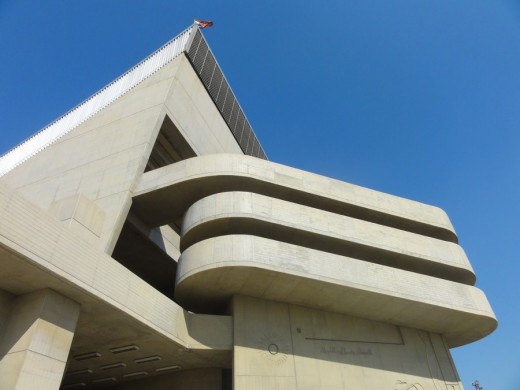
My time at the university was a bliss—well, except for the looming fear of getting conscripted and dying on the battlefield during successive wars. I enjoyed working on my design projects and loved being lectured on the history and theory of art and architecture.
Impressed with the work of prominent Arab architects like Egyptian Hassan Fathy, best known for his Architecture for the Poor and the villages he designed using traditional techniques and building materials, and Iraqi Rifat Chadirji, whose designs eloquently merged modernity and local traditions; I was convinced that architects were capable of creating social and political, as well as aesthetic change in their own communities and the world at large.
Rifat Chadirji: The Unknown Soldier Monument, Baghdad
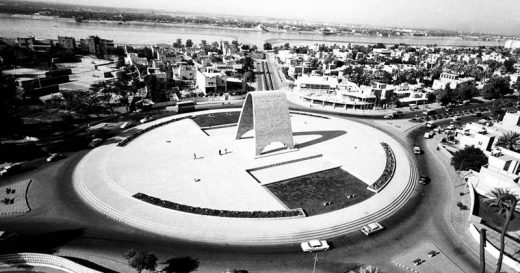
Chadirji, however, is not only an architect; he’s also an author, theorist and a key player in the 1950s Baghdad’s throbbing cultural scene. It’s probably hard to imagine now, but the city was the hub of modern Arab arts and literary movements during that era. Young Iraqi alumni of prestigious European and American universities had returned to their country of origin, pulsing with potential and new ideas they aspired to marry to their rich heritage. Oil, on the other hand, had brought an economic boom to Iraq, and Baghdad—once regarded as the intellectual center of the ancient world—seemed to be witnessing a second renaissance.
Frank Lloyd Wright: sketch of a Grand Cultural Center, Baghdad
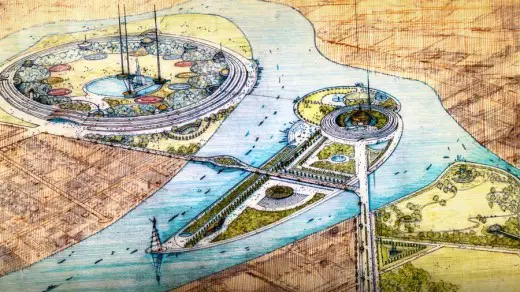
Alongside its centuries-old landmarks, traditional houses with their wooden latticework and stained glass balconies, and colonial-style villas from bygone British mandate period; the city hosted the modern work of Iraqi architects like Mohamed Makiya, Kahtan Awni, as well as some of the world’s most renowned architects such as French Le Corbusier, German Walter Gropius, Italian Gio Ponti—Frank Lloyd Wright had designed a grand cultural center, including an opera house on an island on the outskirts of Baghdad, but the project got cancelled due to political unrest after the coup which had put an end to the rule of the monarchy in 1958.
I used to walk and drive by those monuments, marveling at the mosaic of their different schools of design, and longing for the day I too would be able to contribute to the architectural scene in the city of my birth. Little did I know that Iraq was on the verge of falling into a downward spiral of instability and turmoil.
Walter Gropius: Baghdad University
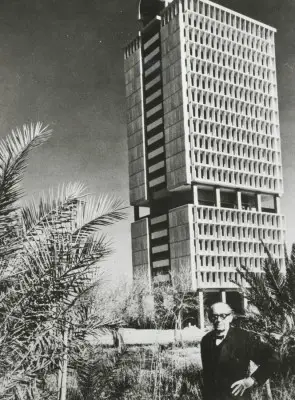
As a result of Saddam Hussein’s decision to invade Kuwait in 1990 and the global war and sanctions that followed; the Iraqi dinar, which was equal to more than three US dollars became worth less than a tenth of a cent. Ten years after my graduation, the open-minded intellectuals of the 1950s, 60s and 70s had either vanished into worldwide diaspora, or were crushed under the heavy weight of corruption and poverty inside. Building new houses became an expensive luxury only the president’s tribe and accomplices could afford.
The nouveaux riches made massive fortunes through exploiting the UN’s multibillion Oil-for-Food program—originally planned to provide humanitarian relief to millions of starving Iraqis. Saddam used the pouring money to build himself dozens of lavish palaces around the country, whose scales, designs and finishing all reflected his dictatorial ostentatious taste. His entourage followed suit and the neighborhoods of the capital were swamped by mansions that screamed vulgarity and tainted money.
Kahtan Awni: Mustansriya University, Baghdad
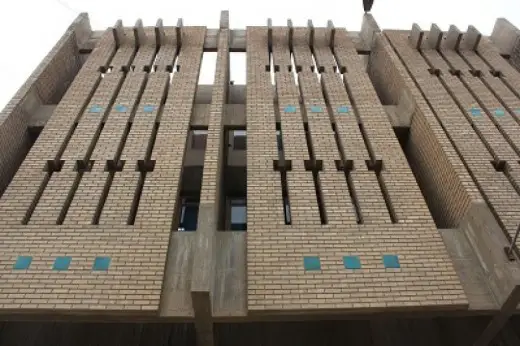
Inspired by the Bauhaus, my friend and I decided to pursue our passion for the other forms of art instead. We launched a small gallery, where we exhibited our work along with other young artists, whose designs, we thought, possessed sufficient aesthetic merit. The project wasn’t a huge success, but it managed to earn itself a decent reputation and kept us going until the United States invaded Iraq in 2003. The security situation deteriorated rapidly we had no other choice but to shut down and leave. I arrived in New Zealand in 2008, and have been dedicating my time to writing since.
Gio Ponti: model of the Ministry of Planning Building, Baghdad
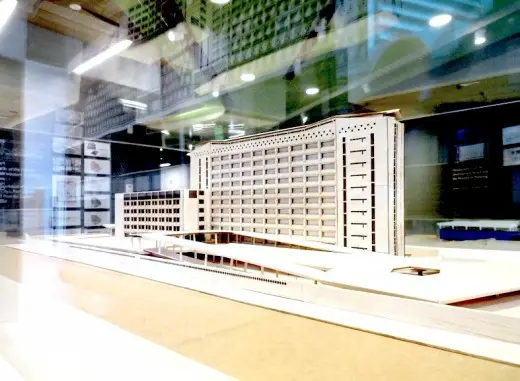
Over the past few years, I have met and become friends with a number of architects inside and outside of New Zealand. Strangely enough, despite our different backgrounds, we all seem to harbor similar feelings of disorientation. Even those of us who are still practicing and making designs for office, residential buildings or shopping centers are not quite content with their work although it pays off financially.
They often complain of being pressured to succumb to strict form and function standards dictated by global investors, which only leave little margin for creativity. On the other end of the spectrum, there is the growing demand for designs that are eccentric and shocking, especially from thriving economies and capital-abundant countries like the Arab Gulf states and China.
Between catering to the fetishes of the super-rich, and meeting very basic physical needs; architecture, as a means of improving the lives of the commoners; one which is neither too arrogant to listen and understand people’s feelings, nor is too submissive to suggest change; with some exceptions, such architecture—in the eyes of many architects of my generation—is suffering a rift between theory and practice. We do need to keep in mind, though, that transitions had occurred before and not infrequently throughout the profession’s extended history—to give but one example, the Industrial Revolution and its impact on design and building techniques. Hopefully, architecture will be able to pull itself together again and overcome the current confusion.
Mohamed Makiya: Rafidain Bank, Kufa
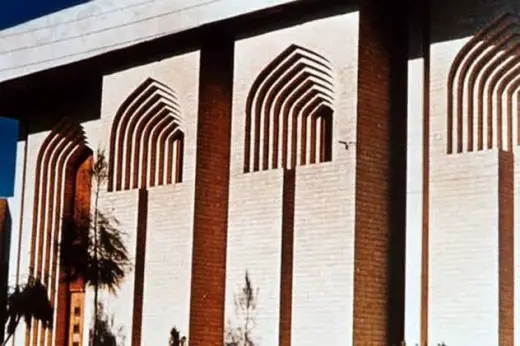
It would be an understatement, though, to say that it is confined to construction because architecture is much bigger. Through painting, and now writing; I’ve been able to engage in architectural thinking, apply and experiment with the principles and elements of design, and, I dare say, touch other people’s lives much more than I could have in my few built projects in Baghdad.
Apparently, I’m not the only one who thinks this way. An increasing number of colleagues are taking the detour, turning into writers, fashion designers, film directors, music composers, etc. and are making vital contributions to contemporary arts. So the next time you read an inspiring book, listen to an enchanting melody on the radio or even pass by a well-structured piece of clothing in some boutique window, do not be surprised if it turns out to be the work of another “architect on hold!”
Contemporary Iraqi Architects – Design Offices article information from Ali Shakir
Location: Iraq
Iraq Architecture
Iraq Buildings : links
Iraq Architecture
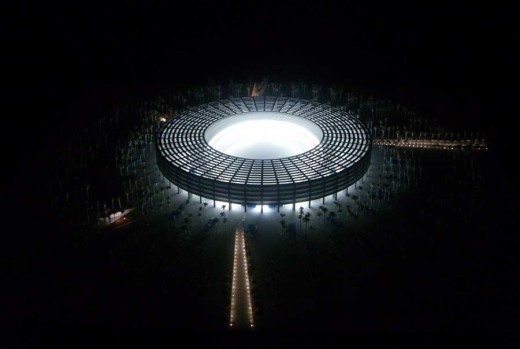
image courtesy of architects office
Al Qasim Green University
Design: UPA Urbanism Planning Architecture
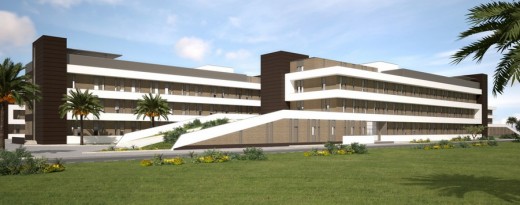
image from architect
New Iraqi Parliament Complex
Design: Assemblage, Architects
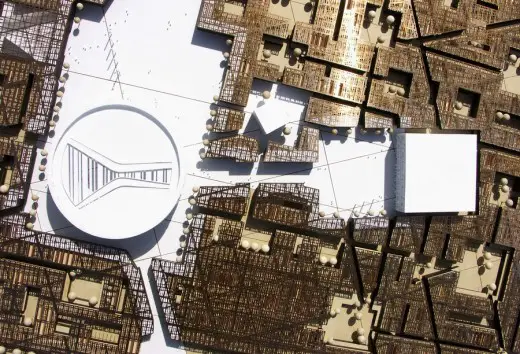
image from architect
Basrah Stadium
Design: Jordan + Bateman Architects
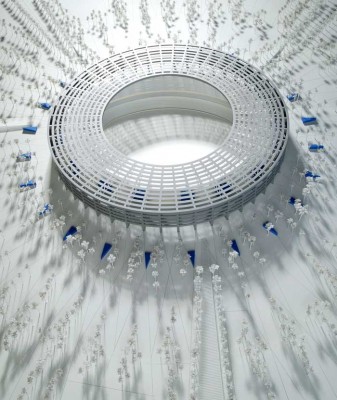
image from architect
Middle East Architecture
Jordan Buildings
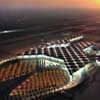
picture © Foster + Partners
Kuwait Buildings
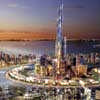
picture from architect
Saudi Arabia Architecture
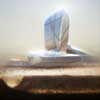
picture : MIR
Comments / photos for the Ali Shakir – Contemporary Iraqi Architects Architecture Design Offices page welcome

